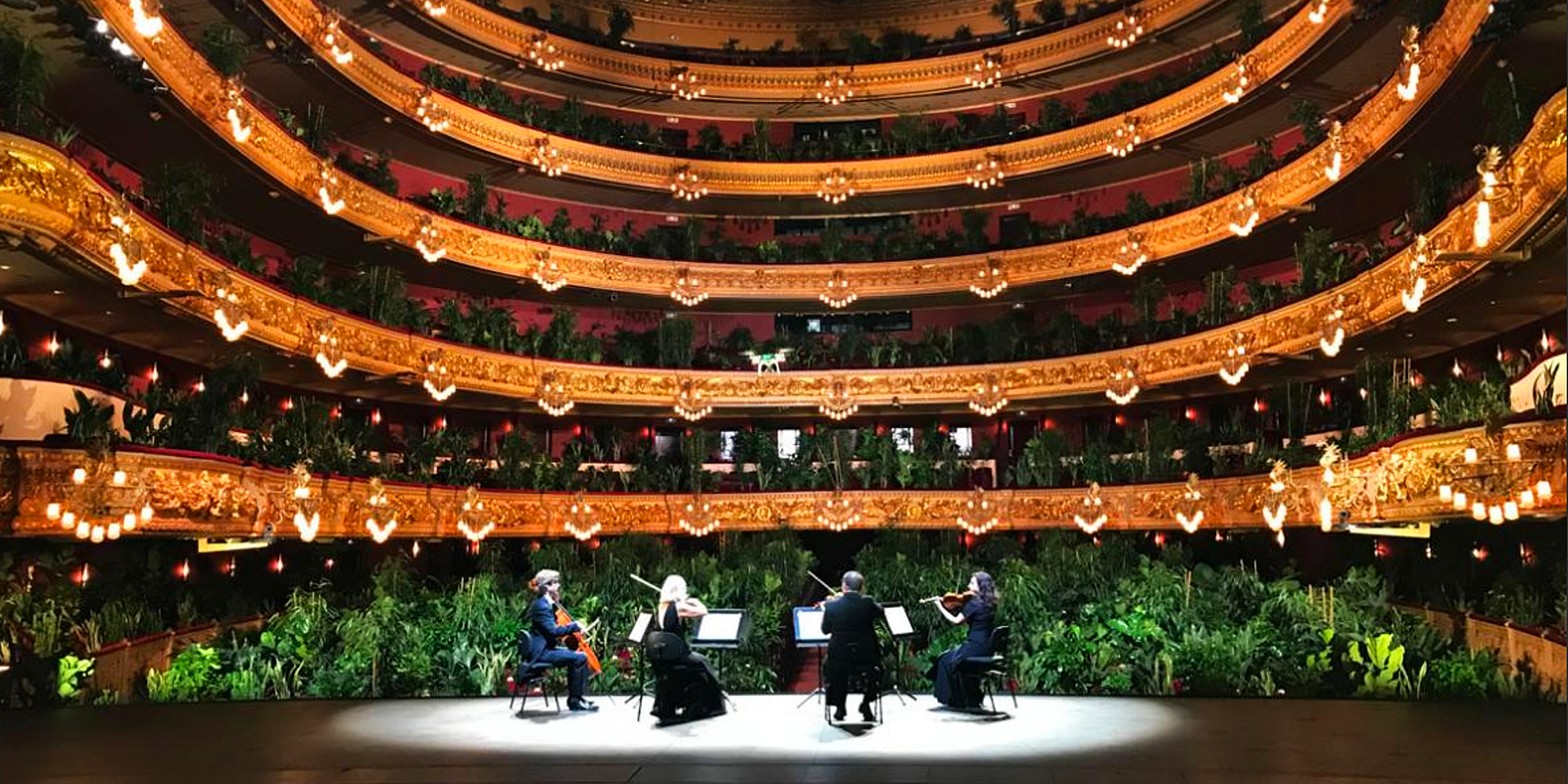The famous Teatre del Liceu, an opera house that over the years has remained the most recognized cultural and artistic center of Barcelona and Europe.
It was created in 1847 on the Rambla and is the best symbol of the City of Barcelona in the 19th century. In its beginnings it had the same structure of an Italian theater, but after two fires throughout its history, it has been restored to be what it is known today.
It is located on the Rambla and every year presents great works of ballet, opera and symphonic music.
Learn 8 curiosities of the Teatre del Liceu
1. The Theater was built on the site of a former convent. Its initial objective was to house the Conservatori de Música and to create a select and exclusive space for members of high society to watch opera, the most outstanding cultural spectacle of the time.
2. In 1861 a fire destroyed the hall and the stage. It was immediately restored in record time by architect Josep Oriol Mestres.
3. In 1893, due to social tension and workers’ revolts, while the second act of Rossini’s opera Guillaume Tell was being performed, an agitator threw two bombs on the theater stalls, causing 20 deaths and numerous wounded. Such was the shock of this attack that for several years the chairs occupied by the people who died were not occupied in any presentation.
4. In 1909 a decorative renovation of the ornamentation of the room was carried out, using gilded and polychrome plaster moldings. It is a sample of the superimposition of period elements and different tastes following the sumptuousness of the opera houses of the time.
5. It still preserves the brass lamps in the shape of a dragon and glass shades. The seats in the stalls are made of cast iron and red velvet.
6. At the beginning of 1994, another fire unfortunately occurred, which destroyed almost the entire theater. Only the Hall of Mirrors, the part of the central facade of La Rambla and the main hall with the staircases were saved. They still remain as they were.
7. Another curiosity of the Teatre del Liceu is that after the second fire the reconstruction was carried out following the original plans. The hall, for example, is modeled after the Teatro alla Scala in Milan. It has a horseshoe-shaped floor plan, with a stalls and five levels. Spectator capacity of 2,292.
8. It was reopened in 1999 after a splendid reconstruction with a very advanced scenic and technical infrastructure that integrates with the preservation of its original appearance.
It is currently one of the largest opera houses in the world.

